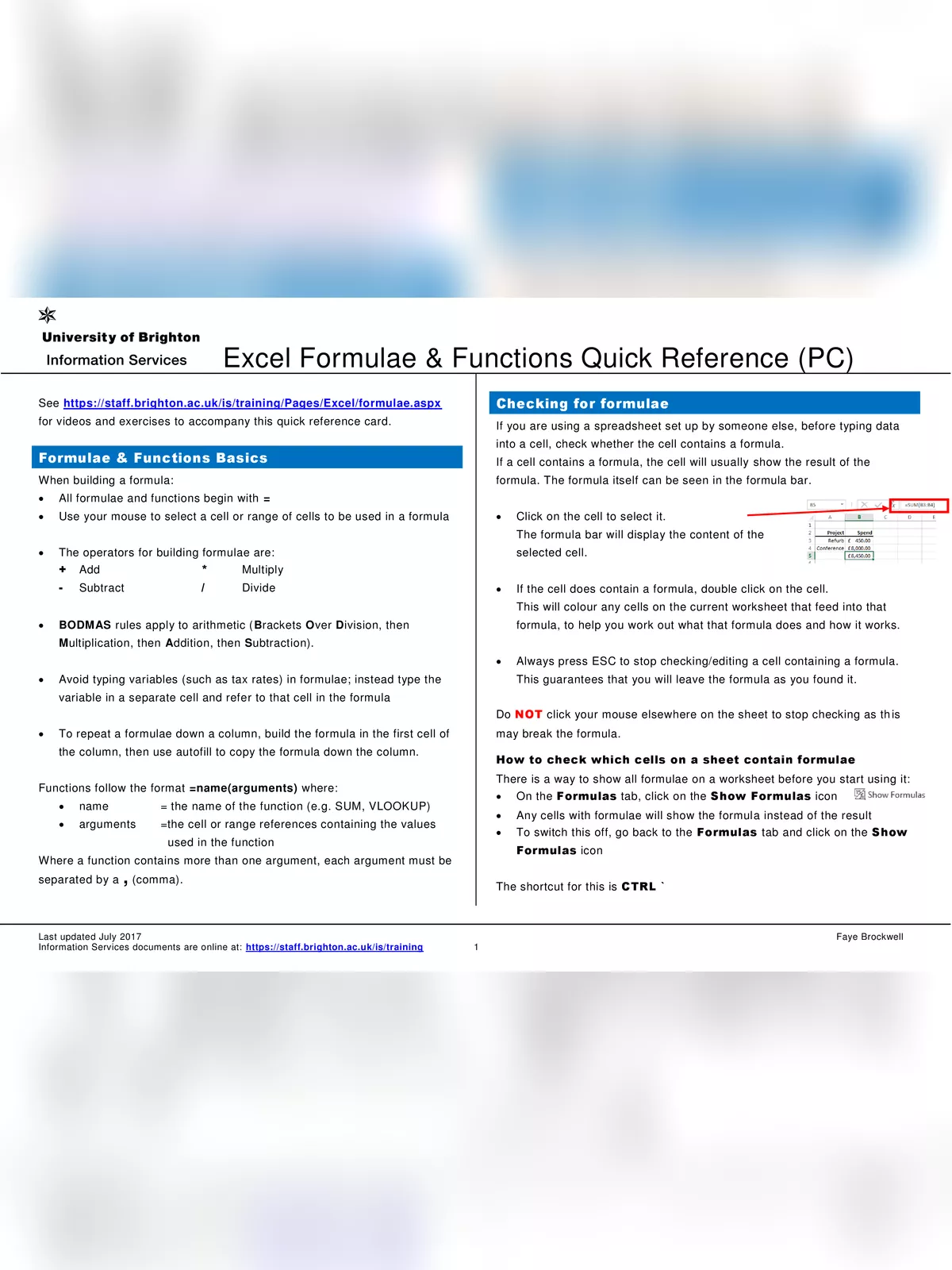MS Excel Formulas List - Summary
MS Excel formulas are useful tools that help in doing calculations quickly and easily. Instead of doing math by hand, you can use formulas to add, subtract, multiply, divide, and perform many other functions. Formulas save time and reduce mistakes, making Excel very helpful for students, professionals, and businesses.
These formulas also help in analyzing data, preparing reports, and managing large amounts of information. Whether you are working with numbers, dates, or text, Excel formulas make the work faster and more accurate. Learning the common formulas can improve your productivity and make your tasks easier.
Excel Formulas List
- SUM
- COUNT
- COUNTA
- COUNTBLANK
- AVERAGE
- MIN Excel
- MAX Excel
- LEN Excel
- TRIM Excel
- IF Excel
MS Excel Formula & Functions Basics
When building a formula:
- All formulae and functions begin with =
- Use your mouse to select a cell or range of cells to be used in a formula
- The operators for building formulae are: + Add * Multiply, – Subtract / Divide
- BODMAS rules apply to arithmetic (Brackets Over Division, then Multiplication, then Addition, then Subtraction).
- Avoid typing variables (such as tax rates) in formulae; instead, type the variable in a separate cell and refer to that cell in the formula
- To repeat formulae down a column, build the formula in the first cell of the column then uses autofill to copy the formula down the column.
- Functions follow the format =name(arguments) where: name the name of the function (e.g. SUM, VLOOKUP)
arguments the cell or range references containing the values used in the function - Where a function contains more than one argument, each argument must be separated by a, (comma).
- Text criteria in an argument must be surrounded by “(quotation marks)
Download the MS Excel Formulas and Functions List in PDF format using the link given below.
Also check – MS Excel Shortcut Keys PDF
